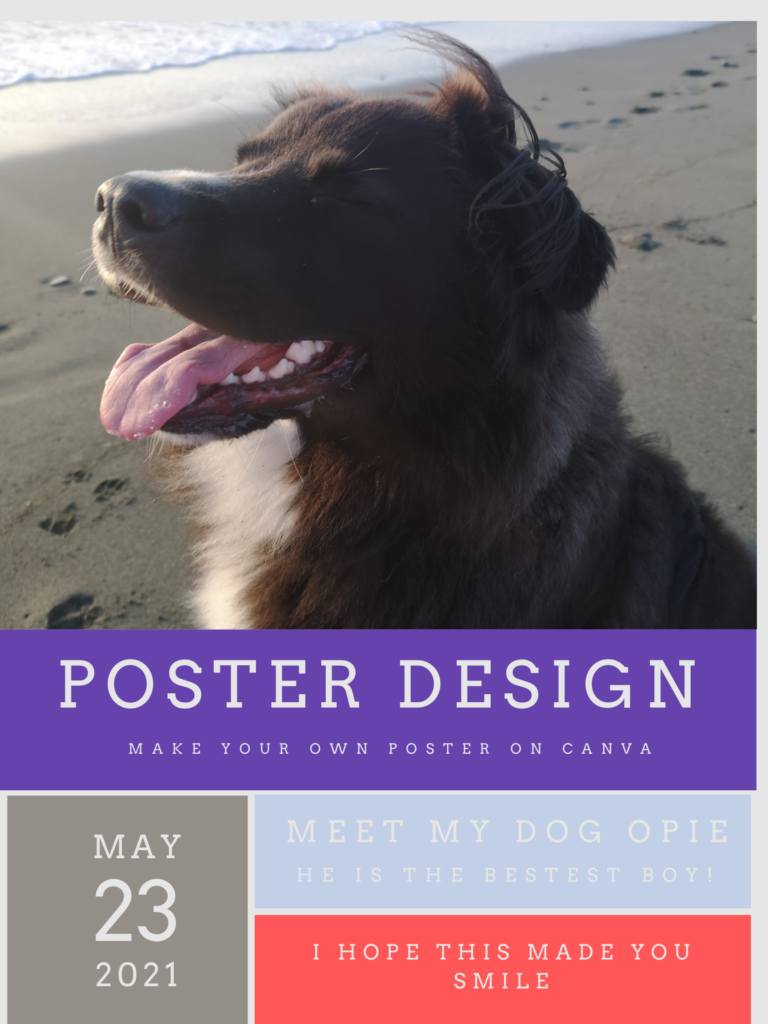


Where do I see AR in future classrooms?
This is a topic that I have always found rather interesting. Back when I was in elementary school over head projectors were about as fancy as it got. If we were watching a movie in class (which was rare) the teacher had to sign out a tv, there were maybe two in the whole school. The teacher then needed to put the cassette tape into the VCR (lets hope the person before us decided to rewind the tape). Once a week we would all get up and go to the computer lab, because laptops were expensive and having 30 computers in a school was a big deal.
Nowadays Smartboards are a basic, and there are enough Chromebooks for a minimum of a third of the school. Kids are taught coding starting in kindergarten. When I was an education assistant it was eye opening to see how technology has been interpreted into schools.
My first experience with AR was actually in a Shakespeare class at the University of Victoria. We were given AR goggles and we watched a 3D model of Macbeth. To say it was disorienting was an understatement. I actually had a hard time staying focused on the story, I couldn’t even finish what I was watching because I felt sick.
I’m not sure if AR is realistic in an every day classroom setting. However, I do think much like drones, AR can be used to show students things that they wouldn’t be able to see normally. Tours to museums or they can travel to different parts of the world using AR technology.
Another bonus with AR in the classroom, it allows students to access the material anywhere with a stable internet connection. If the world were to experience another pandemic, students could still have the same level of education they would receive in the classroom.
AR can also be more engaging than traditional teaching styles. If a teacher is teaching about dinosaurs the best they can do is fossils. However, in an AR setting they can almost create a real-life Magic School Bus scenario. The students can be walking with the dinosaurs, or travel to other planets. In a sense this is more hands on than looking at a slide or a black and white photocopied picture on a paper.
There would also be no use for textbooks, which in turn can save tress. As textbooks get outdated with information, they become useless, if information is always being added into the AR technology it does not take up anymore physical space.
There would need to be a lot of improvements to AR, it would need to come down in price. Yet, the big thing that would need to change is for users who experience nausea and dizziness much like myself.
It is exciting to think about engagement of students going up if AR is used correctly. I wonder if in the future every student will have an AR headset to learn.
Hi Sarah,
First of all, very cute dog! definitely got a smile out of me. I like the colours you used in your poster, as well as in your brochure, very appealing.
In reading your response to the question Where do I see AR in future classrooms? it made me think about new ideas surrounding augmented realty that I didn’t discuss in my post. The description of elementary school is spot on! It just shows how technology wasn’t very present in the school environment as it is now. I would also agree, that throughout the years, technology has seemed to be more accepted in classroom settings through enough laptops for every student, SmartBoards and similar technologies.
I myself have used AR before, similar experience as you, I started to feel quite sick. I could definitely see this as an issue many people could encounter if AR starts to become a norm. Similar to your point of AR roles in the classroom, I also discussed in my post the actual extent we could utilize AR. It’s an interesting point, VR can be used to show students new things they wouldn’t be able to see normally. However, I don’t think it could fully take a predominant role in learning. I think you and I both agree on that point.
The real-life Magic School Bus scenario is fantastic. AR can provide us so much more than just paper, this of course would increase learning retention. I also never thought about not needing textbooks anymore. We would be able to do away with paper copies of everything, which is a huge bonus in education. Easily stored and accessed data is ideal, and AR can do that. Overall, this post is great! Definitely gave me new ideas to ponder, and a different perspective on AR in the classroom setting.
Hi Omar,
I love your poster and brochure, they are beautifully done!
I love that you brought up medical school for AR. That is something I had never thought of, but think it would be insanely beneficial. I was definitely thinking more K-12 schools.
I think you’re correct in thinking there is a time and place for AR, I agree. I am very interested to see the future of AR in classrooms and will most likely be there first hand to see it.
3D Macbeth! Sounds cool. Really like the idea that much like drones AR will likely become an addition. Great work in Canva too. I am ready to travel and yes your do made me smile.